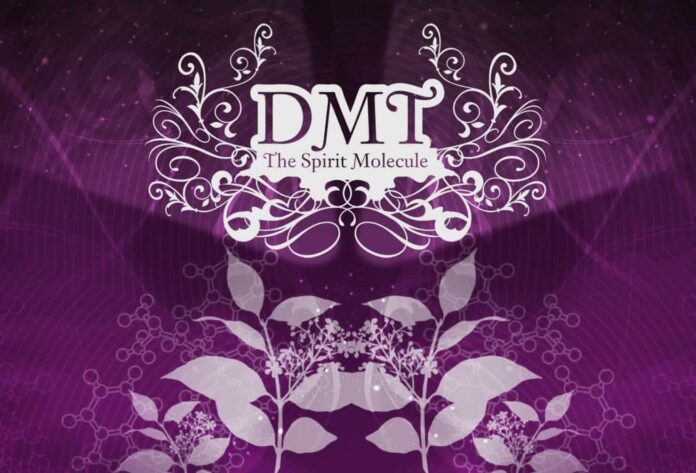Among the most powerful of the entheogenic substances that allow humans to bypass our egos and catch a glimpse of the divine is dimethyltryptamine, better known as DMT. DMT is the main active ingredient in ayahuasca, the psychedelic substance traditionally used for spiritual ceremonies by people native to the Amazon.
Scientific knowledge of the effects of DMT was scant prior to a groudbreaking study published in 1994 in the Archives of General Psychiatry and led by Rick Strassman, of the Department of Psychiatry at the University of New Mexico School of Medicine. At the time, it was the first approved human research with psychedelics in 20 years due to U.S. government prohibitions and general stigma on the substances.

During the study, researchers gave 12 subjects DMT and then interviewed them about their experiences. In contrast to an ayahuasca journey, which can last for many hours, the subjects who took straight DMT reported that the trip began immediately, peaked within two minutes and was finished in half an hour. During the journey, subjects said they saw colorful, rapidly moving images and felt a strong rush, leading to a disassociated state, with euphoria alternating with anxiety. About half of the people who took DMT said they heard auditory effects as well.
The DMT was given via an intravenous line and the researchers did not attempt to question the subjects until the trip had finished, allowing them to take in the full experience of the substance uninterrupted. One person under the effects of DMT said, “I tried closing my eyes but I saw the same things with my eyes closed as I did with them open.” Others described vivid visions such as, “’a fantastic bird,’ ‘a tree of life and knowledge,’ ‘a ballroom with crystal chandeliers,’ human and ‘alien’ figures (such as ‘a little round creature with one big eye and one small eye, on nearly invisible feet’), ‘the inside of a computer’s boards,’ ‘ducts,’ ‘DNA double helices,’ ‘a pulsating diaphragm,’ ‘a spinning golden disc,’ ‘a huge fly eye bouncing in front of my face,’ tunnels, and stairways.”
At the end of the journey, most subjects said they still saw geometric patterns overlaying their normal field of vision. Some said that they felt exposed to new ideas and concepts about their personal and professional lives. One reported, “It didn’t feel like my normal mode of thinking. You know how schizophrenics talk about different meanings to things? A leaf on the ground takes on new meaning, and they get into it in a big way? That kind of thing.”
“These clinical and preliminary quantitative data provide bases for further psychopharmacologic characterization of DMT’s properties in humans,” the study concludes. “They also may be used to compare the effects of other agents affecting relevant brain receptors in volunteer and psychiatric populations.”
In this and other studies, Strassman and his team ended up working with 60 volunteers in total, providing a foundation of knowledge about DMT that had previously been absent from the scientific record. In the two decades following the studies, research on other psychedelics has gradually picked up and the public is just starting to gain awareness of their efficacy for treating various sorts of mental disorders.
The DMT study, although not focused on therapeutic effects, cracked open the door to government-sanctioned research. “I recognized the importance of my work for the future of American psychedelic studies, and I wanted to make certain that it was performed in broad daylight,” the scientist said in an interview with VICE. “That way I felt the responsibility was shared among everyone involved in the process.”
Strassman went on to author the book DMT: The Spirit Molecule about his research and experience, concluding, “It is so important for us to understand consciousness. It is just as important to place psychedelic drugs in general, and DMT in particular, into a personal and cultural matrix where we do the most good, and the least harm.”
A film based on the book was subsequently released in 2010
